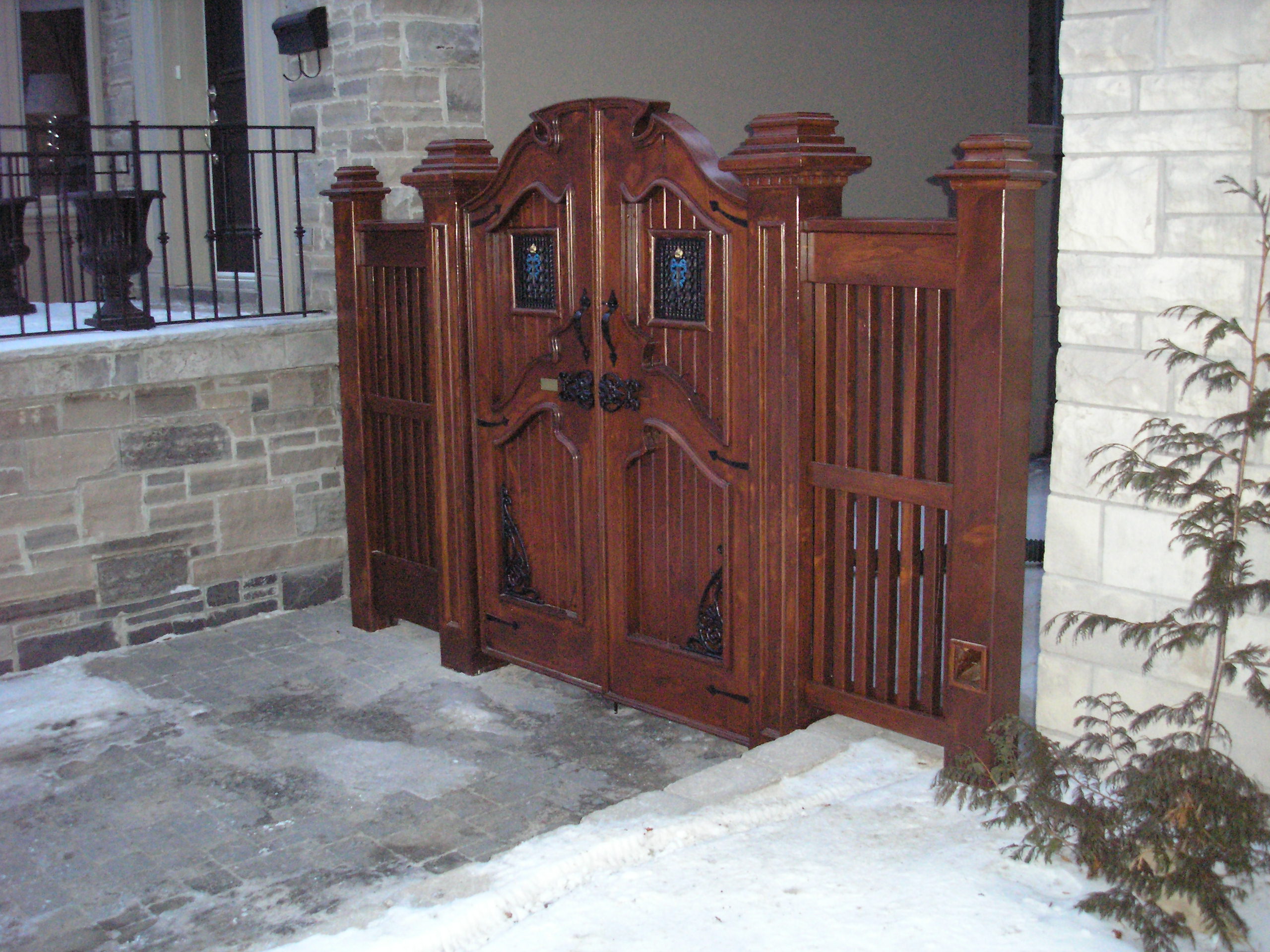Question
There has been quite a bit of discussion lately about AAA sprayers. I use HVLP gravity guns and HVLP spray pot here in my shop. Almost never do any on site finishing. Are there any benefits to AAA in the shop as opposed to on the job site? We spray 95% water borne clears and pigmented finishes.
Forum Responses
(Finishing Forum)
From Paul Snyder, forum technical advisor:
Air-assisted airless (AAA) sprays much faster than conventional or HVLP spray equipment, the atomization is exceptional, and overspray is greatly reduced. After using a AAA pump for a while, a regular spray gun is agonizingly slow.
It does take a little getting used to. You'll have to modify your spray technique some to avoid sags and runs and problems related to applying the material too heavily. Precise triggering and hand speed is key to avoiding overlaps and too much material that causes the problems. Once mastered, you'll be looking to get larger tips to move even faster.
If you need to increase production, consider AAA.
I would like to get away from the limits of the cups, but since we often do several different sprays in a day's time… Clear... tints. Having never used AAA, it looks like there would be more cleanup involved in changing over. Clean the pump, clean the lines, clean the gun. I don't want to sacrifice finish quality for speed at all. So given all of this... would love hearing your continued thoughts.
You might think that the airless is as good or better than the AAA. It might be a slight bit faster, but when we compare the cost of finish materials at the end of the month, I think you would be shocked at the difference. The pure airless setup will lay down a downright beautiful finish with the right gun and tip, but at a terrible transfer rate. You would save probably 30% easy on material cost if you switch to a AAA from your airless. Been there and done that. Our AAA paid for itself in the first 6 months from material cost savings. The affect on production was negligible because most of the time spent finishing is prep/sanding/handling and not actual spraying time.
There is no way on God's green earth that an AAA is a little slower than my airless. By the time you have reached 2/3rds of a kitchen spraying with an AAA, I would already be done cleaning out the airless. Transfer efficiency? Let's see - I'm reducing atomization, thus putting less overspray into the air. My spray tip size is one where I am not blasting material out into space but on the woodwork. Since I can keep a wet edge without any air turbulence flash drying a section, I save on not buying retarders and thinners because my spray pressure kicks out higher solid passes, reducing a possible extra coat to fill grain. I'm not even mentioning the support equipment used in AAA setups and the small tips that, if clogged, take 5 minutes tops to unclog while coating is flashing off. Also, AAA has two hoses to gun, while airless has a whip end to further reduce fatigue while spraying. And to end this - fewer moving parts mean fewer parts to replace! I believe if you weighed all the plusses and minuses, the gavel comes down in favor of airless. It's all a moot point if you're comfortable with your rig - happy is happy!
As far as transfer rate goes, that is mainly dependant on how far from the work you are holding your gun. If you spray 6 to 8 inches off the work, keep your pressure right, well... Overspray, what's overspray? Here's a tip: use a wide fan - 60° is best. That lets you get in close. Sure, blast your pressure and hold the tip 12" from the work, and you will get 30% or more waste. But that's not the right way to use an airless. Oh yeah, triggering the gun on every pass helps, too. There is nothing like an airless for flat surfaces. On the other hand, for objects with more complex shapes like chairs, perhaps an airless would not be my first choice.
